Introduction: How to Create a DIY Terrarium for Succulents
Have you ever heard of a terrarium? It’s a miniature garden that you can create in a glass container. Terrariums are an excellent way to bring nature indoors and add a touch of greenery to your home or office. With their low-maintenance requirements and unique design, they’re the perfect addition to any space.
What is a Terrarium?
A terrarium is a self-contained ecosystem that can be created in a glass container. It consists of a layer of rocks or pebbles at the bottom, followed by a layer of activated charcoal to help filter the air and water, and then a layer of soil for the plants to grow in. The container is then sealed, creating a miniature greenhouse that recycles its own moisture and nutrients.
Why Create a DIY Terrarium?
Creating a DIY terrarium is a fun and rewarding project that allows you to express your creativity and add a unique touch to your home decor. It’s also an excellent way to bring nature indoors and enjoy the benefits of plants without the hassle of traditional gardening. Plus, succulents are perfect for terrariums because they require minimal watering and care, making them an ideal choice for busy individuals or those new to gardening.
Now that you know what a terrarium is and why it’s a great addition to your home, let’s dive into the steps to create your very own DIY terrarium for succulents.
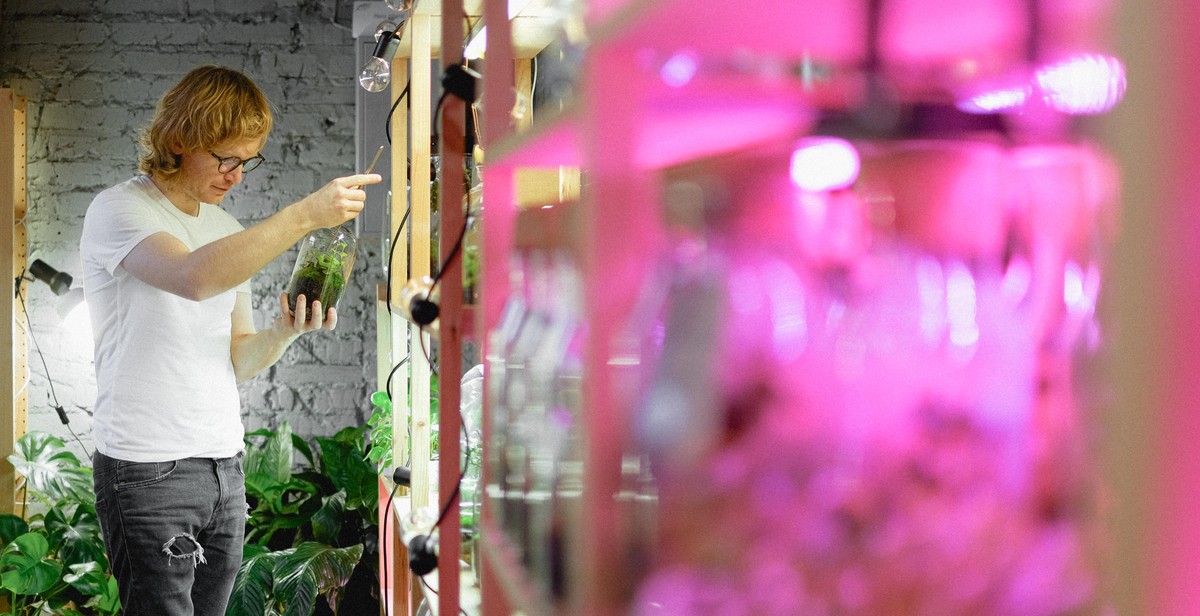
Choosing the Right Container
The first step in creating a DIY terrarium for succulents is choosing the right container. There are several factors to consider when selecting a container for your terrarium, including the type of container, size, and shape.
Types of Containers
When it comes to choosing a container for your succulent terrarium, there are a variety of options to choose from. Some popular choices include:
- Glass containers: These are a popular choice because they allow you to see the layers of your terrarium and create a beautiful display.
- Terracotta pots: These are a great option if you want a more natural look for your terrarium.
- Metal containers: These can add a modern, industrial feel to your terrarium.
- Plastic containers: These are lightweight and easy to move, making them a good option if you plan to move your terrarium around frequently.
Size
The size of your container will depend on the number of succulents you plan to include in your terrarium. It’s important to choose a container that is large enough to accommodate your plants without overcrowding them. You’ll also need to consider the size of the plants you plan to use and make sure they will fit comfortably in the container.
Shape
The shape of your container will also play a role in the overall look of your terrarium. Some popular shapes include:
- Spherical: These are a popular choice because they create a stunning visual display.
- Cylindrical: These are a great option if you want a more modern look for your terrarium.
- Cube-shaped: These can add a geometric element to your terrarium.
| Type of Container | Pros | Cons |
|---|---|---|
| Glass containers | Allows you to see the layers of your terrarium and create a beautiful display | Can be fragile and break easily |
| Terracotta pots | Great for a natural look | May not be as visually appealing as other options |
| Metal containers | Adds a modern, industrial feel | May rust over time |
| Plastic containers | Lightweight and easy to move | May not be as visually appealing as other options |
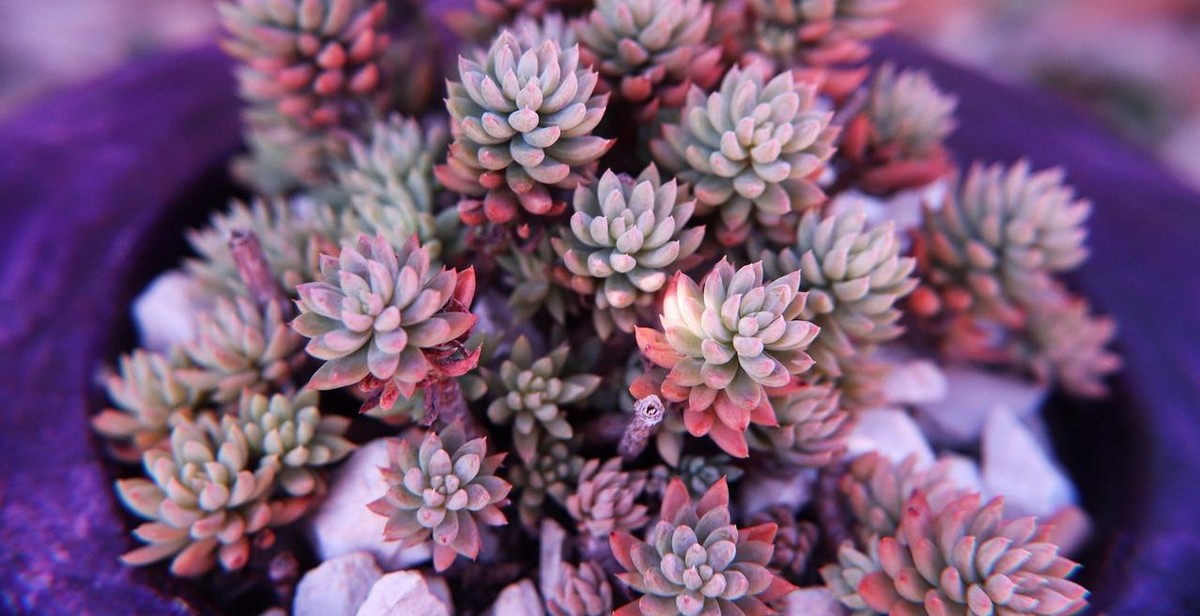
Selecting the Right Succulents
When creating a DIY terrarium for succulents, it’s important to choose the right types of plants to ensure they thrive in the enclosed environment. Here are some tips on selecting the right succulents for your terrarium:
Consider Size
Since terrariums are typically small, it’s important to choose succulents that won’t outgrow the space. Look for varieties that stay small and compact, such as Echeveria, Haworthia, or Crassula.
Choose Complementary Colors and Textures
When selecting succulents for your terrarium, consider their colors and textures. Choose plants that complement each other and create an interesting visual display. For example, you could pair a spiky cactus with a softer, rounder succulent like a Sedum.
Look for Slow-Growing Varieties
Succulents that grow slowly are ideal for terrariums since they won’t quickly outgrow the container and require frequent pruning. Some slow-growing succulents to consider include Lithops, Gasteria, and Aloe.
Avoid Plants That Need Lots of Sunlight
Since terrariums are enclosed, they often don’t receive as much sunlight as outdoor plants. Choose succulents that don’t require a lot of direct sunlight, such as Sansevieria, Zebra Plant, or String of Pearls.
Consider the Climate
Finally, consider the climate where you live and the conditions in your home. Choose succulents that will thrive in the temperature and humidity levels of your living space. Some succulents that do well in a variety of climates include Jade Plant, Snake Plant, and Aloe Vera.
By following these tips, you can select the right succulents for your DIY terrarium and create a beautiful and thriving display.
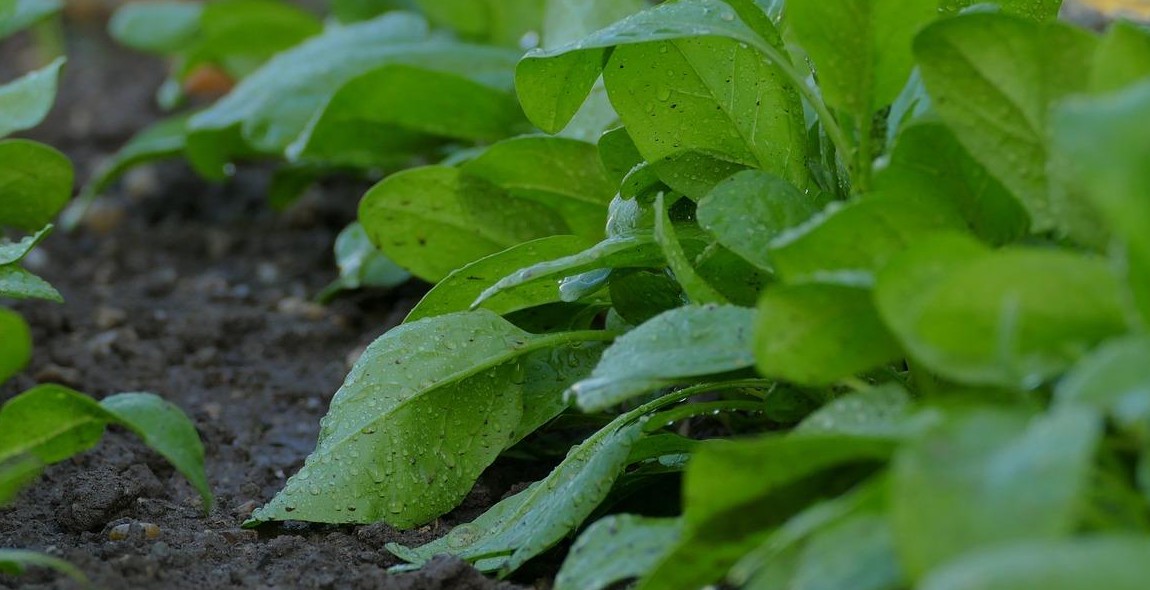
Preparing the Soil for Your DIY Terrarium
One of the most important aspects of creating a successful DIY terrarium for succulents is preparing the soil. Succulents require well-draining soil that is rich in nutrients and organic matter. Follow the steps below to prepare the soil for your terrarium:
Ingredients
Before you begin mixing the soil, gather all the necessary ingredients. You will need:
- Cactus soil mix
- Perlite or coarse sand
- Charcoal
- Peat moss or coconut coir
Mixing the Soil
Once you have all the ingredients, mix them together in the following ratio:
| Ingredient | Amount |
|---|---|
| Cactus soil mix | 2 parts |
| Perlite or coarse sand | 1 part |
| Charcoal | 1/2 part |
| Peat moss or coconut coir | 1/2 part |
Mix the ingredients thoroughly until they are well combined. The cactus soil mix provides the necessary nutrients, while the perlite or coarse sand helps with drainage. The charcoal helps to absorb excess moisture and prevent mold and bacteria from forming. The peat moss or coconut coir helps to retain moisture and improve soil structure.
Once your soil is mixed, it is ready to be added to your terrarium. Be sure to fill the terrarium with enough soil to provide a sturdy base for your succulents to grow in.
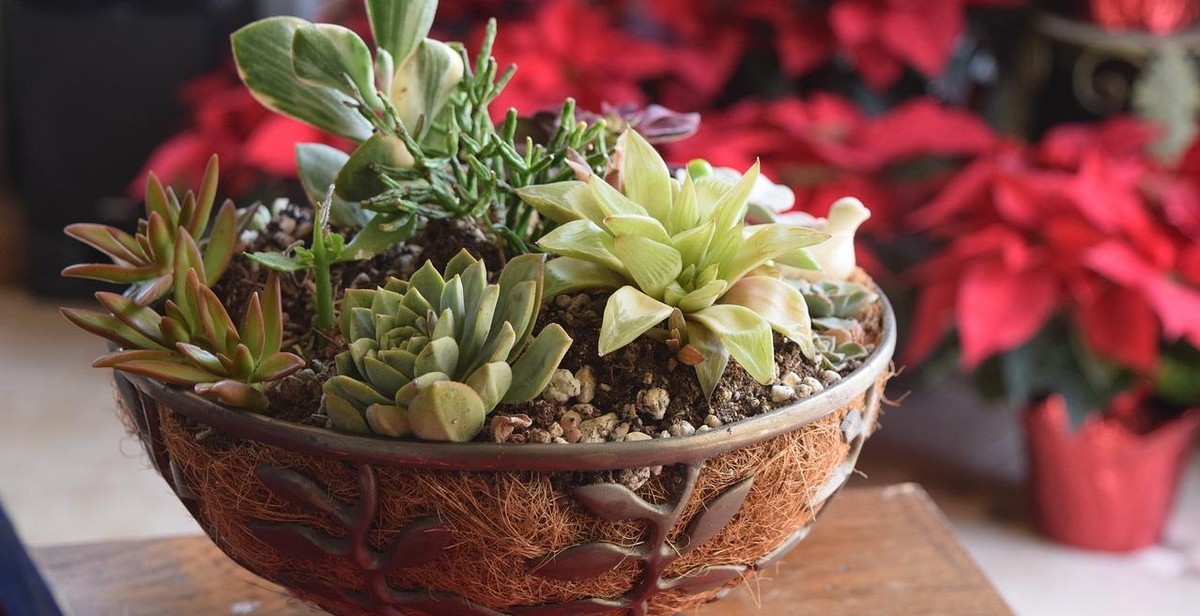
Arranging the Succulents
Once you have gathered all the materials and plants you need, it’s time to start arranging your succulents. Here are some design tips and planting techniques to help you create a beautiful and healthy DIY terrarium:
Design Tips
- Choose a focal point: Select one or two succulents that will serve as the centerpiece of your terrarium. These should be the largest and most eye-catching plants you have.
- Consider color and texture: Mix and match succulents of different colors, textures, and shapes to create an interesting and visually appealing arrangement.
- Create depth: Place taller succulents towards the back of the terrarium and shorter ones towards the front to create a sense of depth.
- Don’t overcrowd: Make sure to leave enough space between the plants so they can grow and thrive.
Planting the Succulents
Now that you have a design plan, it’s time to start planting your succulents. Follow these steps:
- Prepare the soil: Fill the bottom of the container with a layer of rocks or pebbles for drainage. Then, add a layer of activated charcoal to prevent odors and mold. Finally, add a layer of succulent soil.
- Plant the succulents: Dig small holes in the soil and gently place the succulents in them. Make sure to position them according to your design plan.
- Add finishing touches: Cover the soil with decorative rocks or sand to give your terrarium a polished look.
Once you have finished planting your succulents, give them a good watering and place the terrarium in a spot with plenty of indirect sunlight. With proper care and maintenance, your DIY succulent terrarium will thrive for years to come!
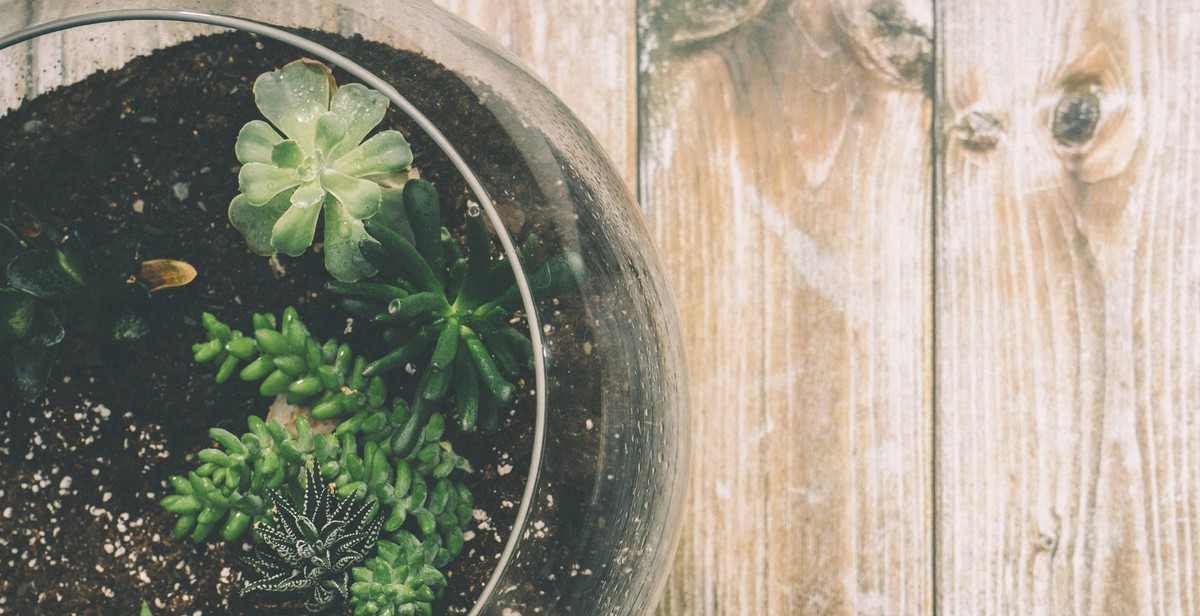
Adding the Finishing Touches
Now that you have created your DIY terrarium for succulents, it’s time to add some decorative elements to give it a personal touch. Here are some ideas:
Decorative Elements
- Add some decorative rocks or gravel to the bottom of the terrarium for drainage and aesthetics.
- Place a small figurine or ornament inside the terrarium for a unique touch.
- Add some colorful moss or dried flowers for a pop of color.
- Use decorative sand or small stones to create a layered effect.
Remember to keep in mind the size of your terrarium and not to overcrowd it with too many decorative elements.
Watering
Succulents are low-maintenance plants and do not require frequent watering. Overwatering can lead to root rot, so it’s important to let the soil dry out completely before watering again. Check the soil moisture level by sticking your finger about an inch deep into the soil. If it feels dry, it’s time to water.
Water your succulents sparingly, using a spray bottle or a small watering can. Avoid getting water on the leaves or stem, as this can cause damage or rot. Water the soil directly, allowing it to soak up the water.
Maintenance
Keep your terrarium in a well-lit area, but away from direct sunlight. Succulents prefer bright, indirect light. Rotate the terrarium occasionally to ensure even growth.
Remove any dead leaves or plants from the terrarium to prevent the spread of disease or pests. Prune your succulents as needed to maintain their shape and size.
With these simple tips, your DIY succulent terrarium will thrive and add a touch of greenery to your home or office.
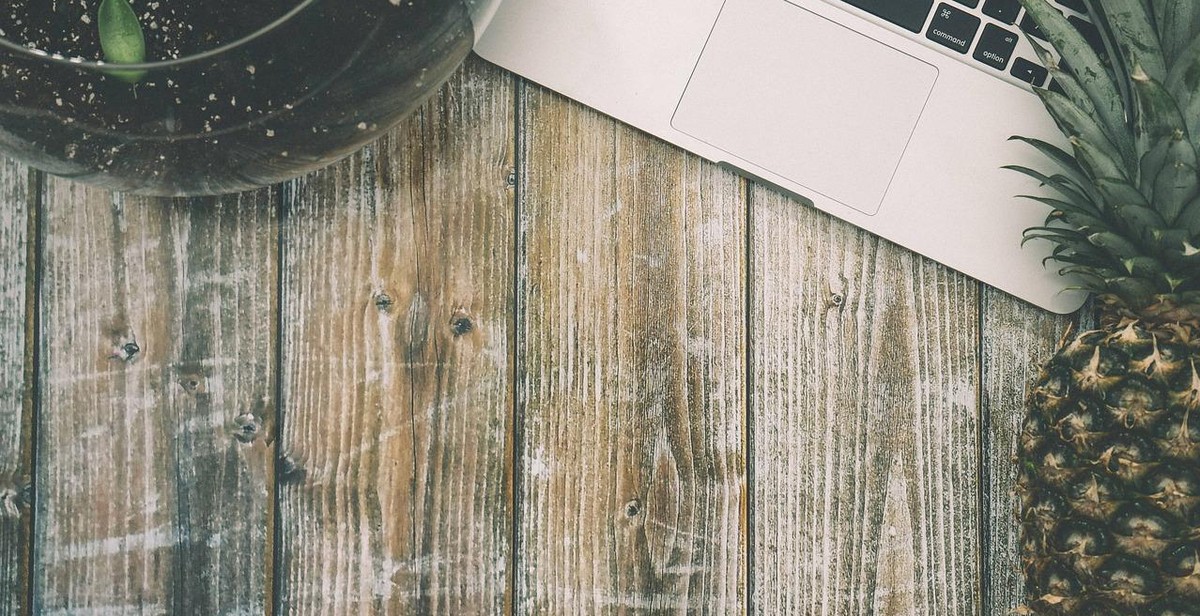
Conclusion
Creating a DIY terrarium for succulents is a fun and rewarding project that can bring a touch of nature into your home or office. By following the steps outlined in this article, you can create a beautiful and low-maintenance terrarium that will thrive for years to come.
Remember to choose the right container, soil, and plants for your terrarium, and to provide adequate light and water. With a little patience and care, your succulent terrarium will become a stunning centerpiece that will impress your friends and family.
Don’t forget to experiment with different designs and arrangements, and to personalize your terrarium with decorative elements such as rocks, sand, or figurines. The possibilities are endless, and the end result is sure to be a unique and eye-catching addition to your home decor.
Whether you are a beginner or an experienced gardener, creating a DIY terrarium for succulents is a great way to unleash your creativity and connect with nature. So why not give it a try today?
| Key Takeaways: |
| – Choose the right container, soil, and plants for your terrarium |
| – Provide adequate light and water |
| – Experiment with different designs and arrangements |
| – Personalize your terrarium with decorative elements |
With these tips in mind, you’ll be able to create a beautiful and thriving succulent terrarium that will bring joy and beauty to your home or office for years to come.
